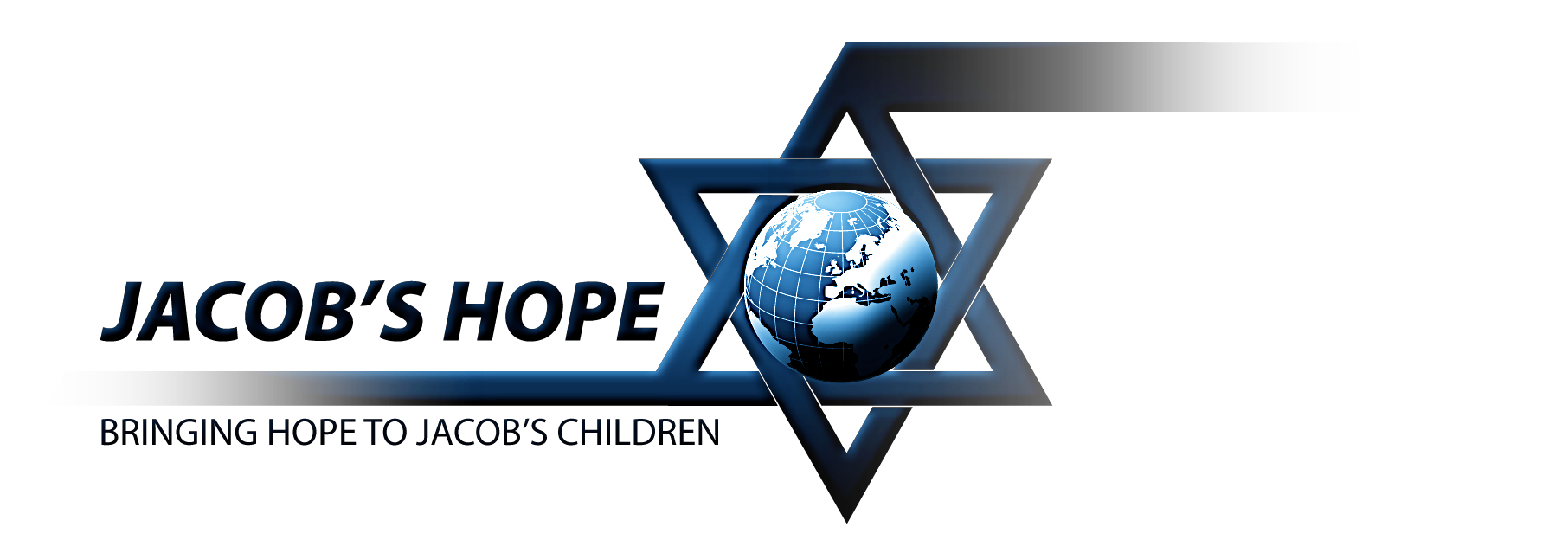Rosh Hashanah & Yom Kippur with Director Brent Johnson
Rosh Hashanah & Yom Kippur –
Rosh Hashanah and Yom Kippur are the two most significant holidays in the Jewish calendar, collectively known as the High Holy Days or Yamim Nora’im—Days of Awe. They mark a period of deep spiritual reflection, repentance, and renewal.
🕊️ Rosh Hashanah, meaning “Head of the Year,” is the Jewish New Year. It begins on the first day of the Hebrew month of Tishrei and spans two days. Far from a festive countdown, Rosh Hashanah is solemn yet hopeful. It commemorates the creation of the world and initiates a ten-day period of introspection. Jews attend synagogue services, hear the sounding of the shofar (a ram’s horn), and share symbolic foods like apples dipped in honey to express the wish for a sweet year ahead. It’s a time to reflect on one’s actions and begin the process of teshuvah—returning to one’s best self through repentance.
⚖️ Yom Kippur, the Day of Atonement, falls ten days after Rosh Hashanah and is the holiest day in Judaism. It is a day of fasting, prayer, and confession. Jews seek forgiveness from God and from others for wrongs committed over the past year. The mood is solemn and introspective, culminating in the Ne’ilah service, where the metaphorical “gates of heaven” are said to close.
🔗 The relationship between the two is deeply intertwined. Rosh Hashanah begins the process of judgment, where one’s fate is written, and Yom Kippur seals it. The ten days between them—known as the Ten Days of Repentance—offer a spiritual bridge, encouraging sincere reflection and moral accountability. Together, they form a powerful arc: from creation and renewal to repentance and redemption, guiding individuals toward personal growth and divine connection.
